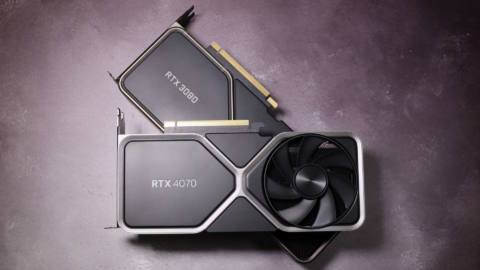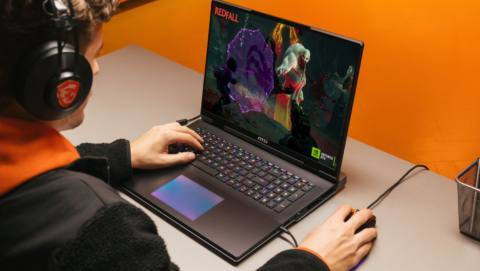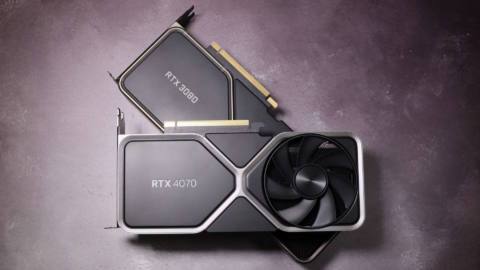I've never looked at a rocket engine and thought “well that's dull”, but this design makes all the others look positively pedestrian. That's because, rather than the traditional process of countless engineers spending months, even years manually engineering a model in programs like CAD, this one was designed in two weeks—thanks largely to AI.
Leap 71, a Dubai-based AI engineering company, says it created the design with Noyron, its Large Computational Engineering Model. The company says it was designed autonomously “without human intervention”, before being 3D-printed in copper by German metal 3D-printing company AMCM, post-processed at the University of Sheffield, and then test fired.
Each new engine iteration generated by the AI model is said to take minutes, compared to the months of work put into a conventional rocket engine design. The engine uses cryogenic liquid oxygen (LOX) and kerosene as propellents, and the injector head features a “state-of-the-art coaxial swirler” to mix them.
Yep, that's the sort of description Wallace, of Wallace and Gromit fame, would use to describe his latest rocket design. A “coaxial swirler”. What a time to be alive.
The engine is designed to produce 5 kN of thrust (equivalent to 500 kg/1120 lbs of lift mass or 20,000 horsepower), and Leap 71 says it would be suitable for the final “kick stage” of an orbital rocket.
The test firing took place at Airborne Engineering's facilities in Wescott, UK, and if you're the sort of person that likes to watch a rocket go off for giggles, boy do I have a video for you:
Air-punching stuff, isn't it? Copper seems initially like an odd choice for a rocket engine given its low melting point, but apparently it enables “compact high-performance engines” when actively cooled. For reasons that, to my admittedly dull mind, remain unclear. Still, the more you know.
That being said, there's a stark warning here. Leap 71 says that if cooling failed, it would melt immediately. A bit like my AMD Ryzen 7 7700X then. I kid, I kid.
That oddly-patterned design facilitates thin cooling channels that wrap around the chamber jacket, into which more kerosene is pumped to keep things chill, or relatively chill, I suppose, in rocket science terms. Not only that, but there's something immediately recognisable as AI-generated in that swirling, fractal-like pattern.
The test fire was successful, as you can see, and the engine performed a full 12 second long-duration burn. That's enough for Leap 71 to confidently declare it capable of a steady-state, which means it can essentially operated as long as needed in its capacity as a powerful booster.

Best CPU for gaming: The top chips from Intel and AMD.
Best gaming motherboard: The right boards.
Best graphics card: Your perfect pixel-pusher awaits.
Best SSD for gaming: Get into the game ahead of the rest.
That's not to say it's perfect, however. Some analysis performed on the engine after the test determined that the resistance of the cooling channels was higher than expected, a phenomenon attributed to the surface roughness of the 3D print. So there's still some work to be done optimising the design before it potentially sees the boundaries of our planet, it seems.
And that's the overall goal here. Josefine Lissner, the Managing Director of Leap 71 said: “We can now automatically create functional rocket thrusters and directly move to practical validation”
“Innovation in space propulsion is hard, and costly. With our approach, we hope to make space more accessible for everyone.”
So there we go. Aesthetically interesting, functional, and much quicker to implement than traditional designs. Perhaps AI generation might be the key to rocket engine developments of the future.
Now, I fancy a spot of Wenselydale. More cheese, Gromit?






